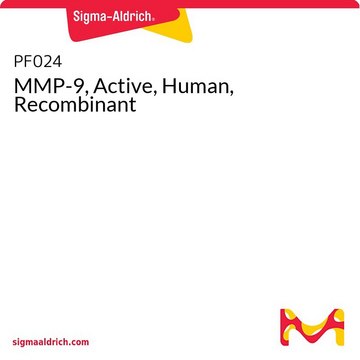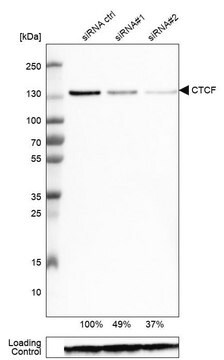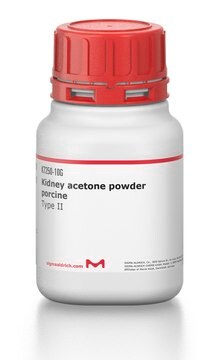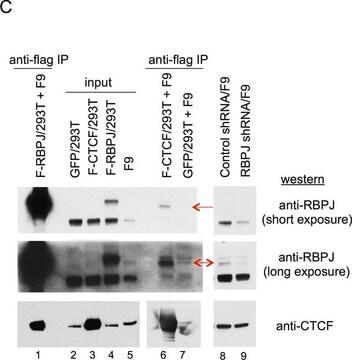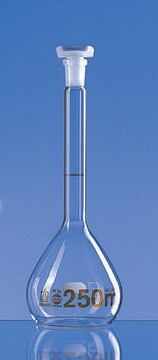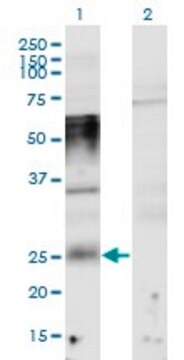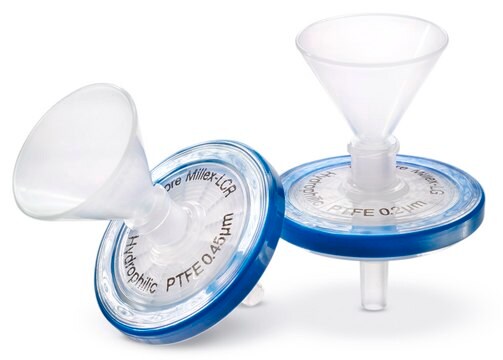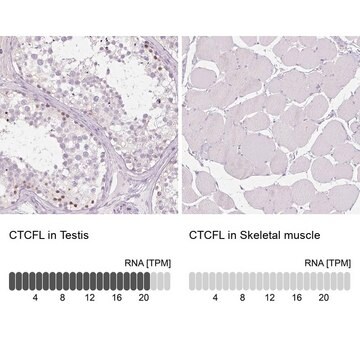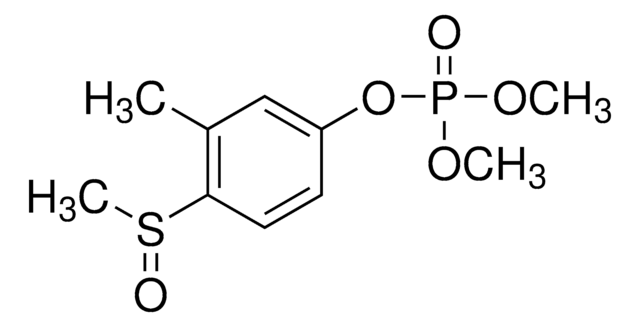17-10044
ChIPAb+ CTCF - ChIP Validated Antibody and Primer Set
clone 1.2.1.5.4, from mouse
Sinonimo/i:
11 zinc finger transcriptional repressor, 11-zinc finger protein, CCCTC-binding factor, CCCTC-binding factor (zinc finger protein), CTCFL paralog, transcriptional repressor CTCF
About This Item
Prodotti consigliati
Origine biologica
mouse
Livello qualitativo
Forma dell’anticorpo
purified immunoglobulin
Clone
1.2.1.5.4, monoclonal
Reattività contro le specie
human
Produttore/marchio commerciale
ChIPAb+
Upstate®
tecniche
ChIP: suitable
ELISA: suitable
dot blot: suitable
immunohistochemistry: suitable
immunoprecipitation (IP): suitable
multiplexing: suitable
western blot: suitable
Isotipo
IgG1κ
N° accesso NCBI
N° accesso UniProt
Condizioni di spedizione
dry ice
Informazioni sul gene
human ... CTCF(10664)
Descrizione generale
The ChIPAb+ CTCF set includes the CTCF antibody, a negative control antibody (normal mouse IgG), and qPCR primers which amplify a 165 bp region of human H19 internal control region. The CTCF and negative control antibodies are supplied in a scalable "per ChIP" reaction size and can be used to functionally validate the precipitation of CTCF-associated chromatin.
Specificità
Immunogeno
Applicazioni
Sonicated chromatin prepared from HeLa cells (1 X 106 cell equivalents per IP with 15 min fixation) were subjected to chromatin immunoprecipitation using 2 µg of either Normal Mouse IgG or 2 µg of Anti-CTCF and the Magna ChIP G Kit (Cat. # 17-611).
Successful immunoprecipitation of CTCF associated DNA fragments was verified by qPCR using ChIP Primers, Human H19 ICR as a positive locus, and a representative published negative locus (Wendt, K.S., et al., 2008) (Please see figures). Data is presented as percent input of each IP sample relative to input chromatin for each amplicon and ChIP sample as indicated.
Please refer to the EZ-Magna ChIP A (Cat. # 17-408) or EZ-ChIP (Cat. # 17-371) protocol for experimental details.
Western Blot Analysis:
Representative lot data.
K562 cell lysate was resolved by electrophoresis, transferred to PVDF membranes and probed with Anti-CTCF, clone 1.2.1.5.4 (1 μg/mL).
Proteins were visualized using a Goat Anti-Mouse conjugated to HRP and a chemiluminescence detection system (Please see figures).
The following molecular weights have been reported in the literature: 180 kDa (CTCF-180), 130 kDa (CTCF-130), 82 kDa (CTCF-82), 70 kDa (CTCF-70). See Klenova, E.M., et al, (1997) Nucleic Acids Res. 25, 466–473 and Torrano,V., et al, (2006) Journal of Cell Science 119, 1746-1759) for additional details.
Please see molecular weight section for additional information.
Qualità
Sonicated chromatin prepared from HeLa cells (1 X 106 cell equivalents per IP with 15 min fixation) were subjected to chromatin immunoprecipitation using 2 µg of either Normal Mouse IgG or 2 µg of Anti-CTCF and the Magna ChIP® G Kit (Cat. # 17-611). Successful immunoprecipitation of CTCF associated DNA fragments was verified by qPCR using ChIP Primers Human H19 ICR (Please see figures).
Please refer to the EZ-Magna ChIP A (Cat. # 17-408) or EZ-ChIP (Cat. # 17-371) protocol for experimental details.
Descrizione del bersaglio
Note: Poly(ADP-ribosyl)ated isoform, C-terminal truncation, or sumoylation will cause variable migration of CTCF protein on SDS–PAGE, which may present CTCF with different molecular weight on Western Blot. Modifications are dependent on cell type and growing condition.
The following molecular weights have been reported in the literature: 180 kDa (CTCF-180), 130 kDa (CTCF-130), 82 kDa (CTCF-82), 70 kDa (CTCF-70). See Klenova,E.M.,et al, (1997) Nucleic Acids Res. 25, 466–473 and Torrano,V,et al, (2006) Journal of Cell Science 119, 1746-1759) for additional details.
Stato fisico
Normal Mouse IgG. Two vials containing 25 µg purified IgG in 25 µL storage buffer containing 0.1% sodium azide. Store at -20°C.
ChIP Primers, Human H19 ICR. One vial containing 75 μL of 5 μM of each primer specific for human H19 internal control region. Store at -20°C.
FOR: CCC ATC TTG CT GACC TCAC
REV: AGA CCT GGG ACG TTT CTG TG
Risultati analitici
Includes negative control mouse IgG antibody and primers specific for human H19 ICR.
Note legali
Codice della classe di stoccaggio
10 - Combustible liquids
Certificati d'analisi (COA)
Cerca il Certificati d'analisi (COA) digitando il numero di lotto/batch corrispondente. I numeri di lotto o di batch sono stampati sull'etichetta dei prodotti dopo la parola ‘Lotto’ o ‘Batch’.
Possiedi già questo prodotto?
I documenti relativi ai prodotti acquistati recentemente sono disponibili nell’Archivio dei documenti.
Il team dei nostri ricercatori vanta grande esperienza in tutte le aree della ricerca quali Life Science, scienza dei materiali, sintesi chimica, cromatografia, discipline analitiche, ecc..
Contatta l'Assistenza Tecnica.